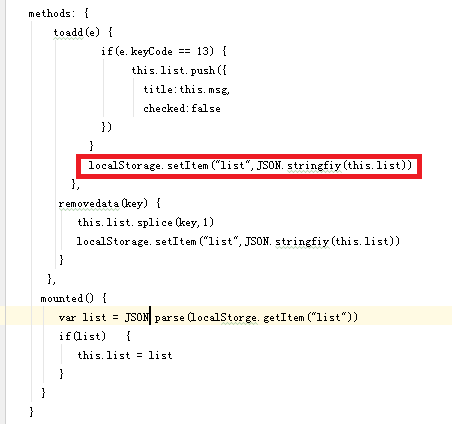I have the following code
test = \"have it break.\"
selectiveEscape = \"Print percent % in sentence and not %s\" % test
print(selectiveEscape)
I would like to get the output:
Print percent % in sentence and not have it break.
What actually happens:
selectiveEscape = \"Use percent % in sentence and not %s\" % test
TypeError: %d format: a number is required, not str
>>> test = \"have it break.\"
>>> selectiveEscape = \"Print percent %% in sentence and not %s\" % test
>>> print selectiveEscape
Print percent % in sentence and not have it break.
Alternatively, as of Python 2.6, you can use new string formatting (described in PEP 3101):
\'Print percent % in sentence and not {0}\'.format(test)
which is especially handy as your strings get more complicated.
try using %% to print % sign .
You can\'t selectively escape %, as % always has a special meaning depending on the following character.
In the documentation of Python, at the bottem of the second table in that section, it states:
\'%\' No argument is converted, results in a \'%\' character in the result.
Therefore you should use:
selectiveEscape = \"Print percent %% in sentence and not %s\" % (test, )
(please note the expicit change to tuple as argument to %)
Without knowing about the above, I would have done:
selectiveEscape = \"Print percent %s in sentence and not %s\" % (\'%\', test)
with the knowledge you obviously already had.
If the formatting template was read from a file, and you cannot ensure the content doubles the percent sign, then you probably have to detect the percent character and decide programmatically whether it is the start of a placeholder or not. Then the parser should also recognize sequences like %d (and other letters that can be used), but also %(xxx)s etc.
Similar problem can be observed with the new formats -- the text can contain curly braces.
I have tried different methods to print a subplot title, look how they work. It\'s different when i use Latex.
It works with \'%%\' and \'string\'+\'%\' in a typical case.
If you use Latex it worked using \'string\'+\'\\%\'
So in a typical case:
import matplotlib.pyplot as plt
fig,ax = plt.subplots(4,1)
float_number = 4.17
ax[0].set_title(\'Total: (%1.2f\' %float_number + \'\\%)\')
ax[1].set_title(\'Total: (%1.2f%%)\' %float_number)
ax[2].set_title(\'Total: (%1.2f\' %float_number + \'%%)\')
ax[3].set_title(\'Total: (%1.2f\' %float_number + \'%)\')
Title examples with %
If we use latex:
import matplotlib.pyplot as plt
import matplotlib
font = {\'family\' : \'normal\',
\'weight\' : \'bold\',
\'size\' : 12}
matplotlib.rc(\'font\', **font)
matplotlib.rcParams[\'text.usetex\'] = True
matplotlib.rcParams[\'text.latex.unicode\'] = True
fig,ax = plt.subplots(4,1)
float_number = 4.17
#ax[0].set_title(\'Total: (%1.2f\\%)\' %float_number) This makes python crash
ax[1].set_title(\'Total: (%1.2f%%)\' %float_number)
ax[2].set_title(\'Total: (%1.2f\' %float_number + \'%%)\')
ax[3].set_title(\'Total: (%1.2f\' %float_number + \'\\%)\')
We get this:
Title example with % and latex


